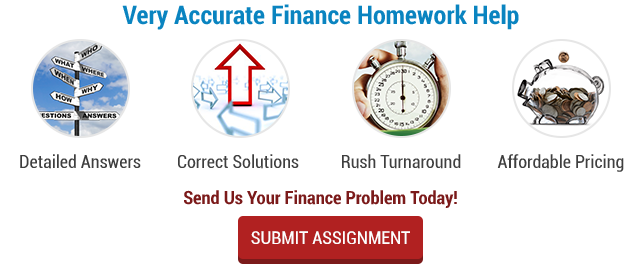Financial Decision Making
The financial decision making is the process of choosing between two or more alternatives of action.
The decision making process consists of the following steps:
- Definite objectives
- Identify the alternatives of action
- Collect relevant data for each alternative
- Make a decision using the data
- Implement the decision
- Monitor the results of decision
Financial Analysis and Decision Making on Real Sample
abandon it immediately. It is estimated that the following will be necessary to complete the project:
1 Material, already bought at a cost of £40,000 (not included in the £200,000 mentioned above) and currently held in inventories (stock). This is toxic material for which Talco has no other use. It has no market value, but it will, if the project is abandoned, have to be disposed of at a cost of £8,000.
2 Labour, which will cost a further £25,000. This labor is skilled and in demand elsewhere in the business. If the project is abandoned, the labor will be used to make and sell 2,000 units of a standard product. This product will be sold for £25 each with a material cost of £12 each. Project management, which will cost a further £10,000. If the project is abandoned the manager concerned will be made redundant at a cost of £8,000. Under the terms of the manager’s contract, no redundancy pay is due if the project goes on to completion. Show figures and explanations that indicate whether assuming a wealth maximization
objective, the project should be continued or abandoned.
So, Talco Ltd has the alternative to invest in the research work which will create the positive returns £250,000.
The incurred cost of £200,000 and toxic material of £40,000 are not relevant to the project as the Talco has spent this amount of money and couldn’t return it if the project will be abandoned.
While the cost of toxic materials is irrelevant to the project if the company is continuing its research work it could avoid additional cost on disposal materials of £8,000. So, the saving on disposal of toxic materials will create the positive impact if the project will be accepted.
As the labor is skilled and costs a further £25,000, this amount is not relevant to this financial decision. The cost of the labor is the opportunity cost of using it in another case. The skilled employees could make 2,000 units of product which will be sold for £25 with material unit cost of £12. So, the opportunity cost will be equal profit to make and sale product.
? = (P-C) x Q = (£25-£12)*2,000 = 26,000
So, the opportunity cost of £26,000 will be negative cash flow if the project will be accepted.
The salary of project management of £10,000 exceeds the redundancy pay of £8,000 if the project will be abandoned by £2,000. This difference will give the negative return to the project.
The summary of the comparing two alternatives is presented in the following Table 1.
| Accept | Reject | Difference | |
| Revenue | £250,000 | £250,000 | |
| Saving on disposal of materials | 8,000 | 8,000 | |
| Labor opportunity cost | 26,000 | -26,000 | |
| Management cost | 2,000 | -2,000 | |
| Benefit of alternative | £258,000 | £28,000 | £230,000 |
Table1. Comparing two alternatives
According to the table.1, the acceptance of research work by Talco Ltd will create the positive net benefit of £230,000 as the positive cash flow of continuing the project of £258,000 exceeds the cash flow of rejection of £28,000.









